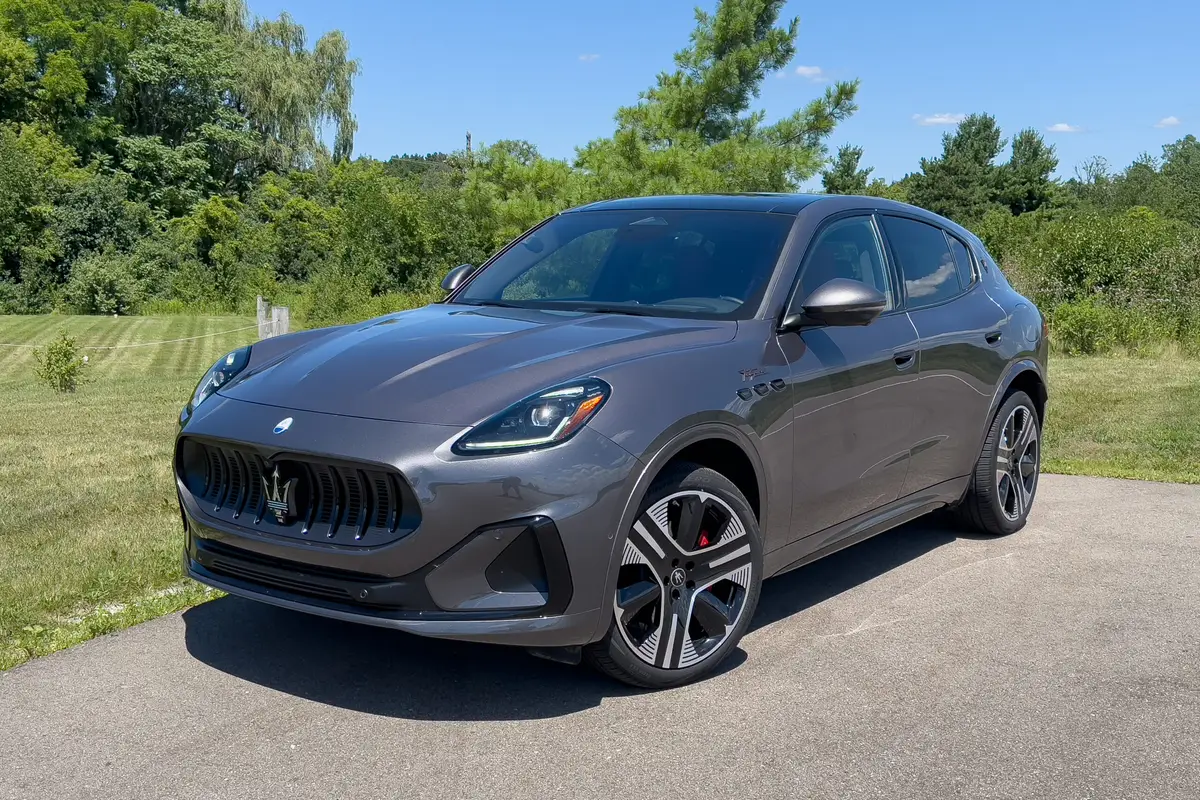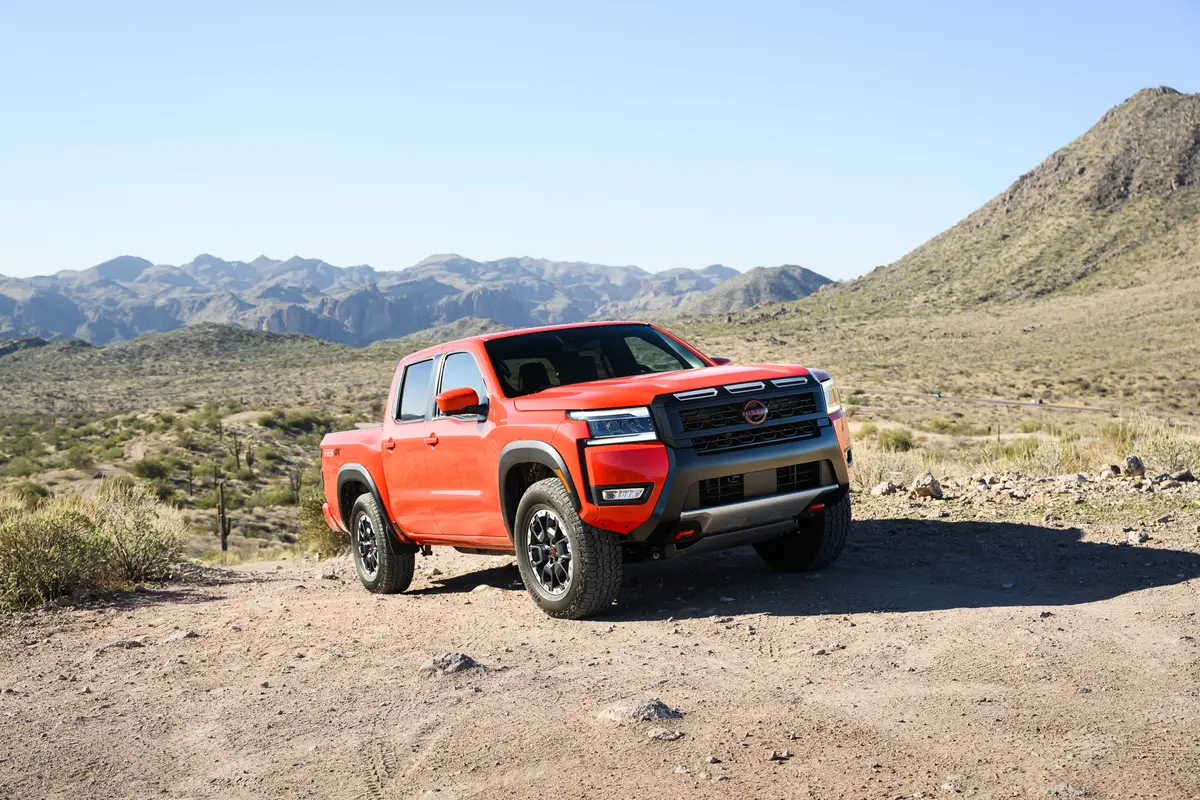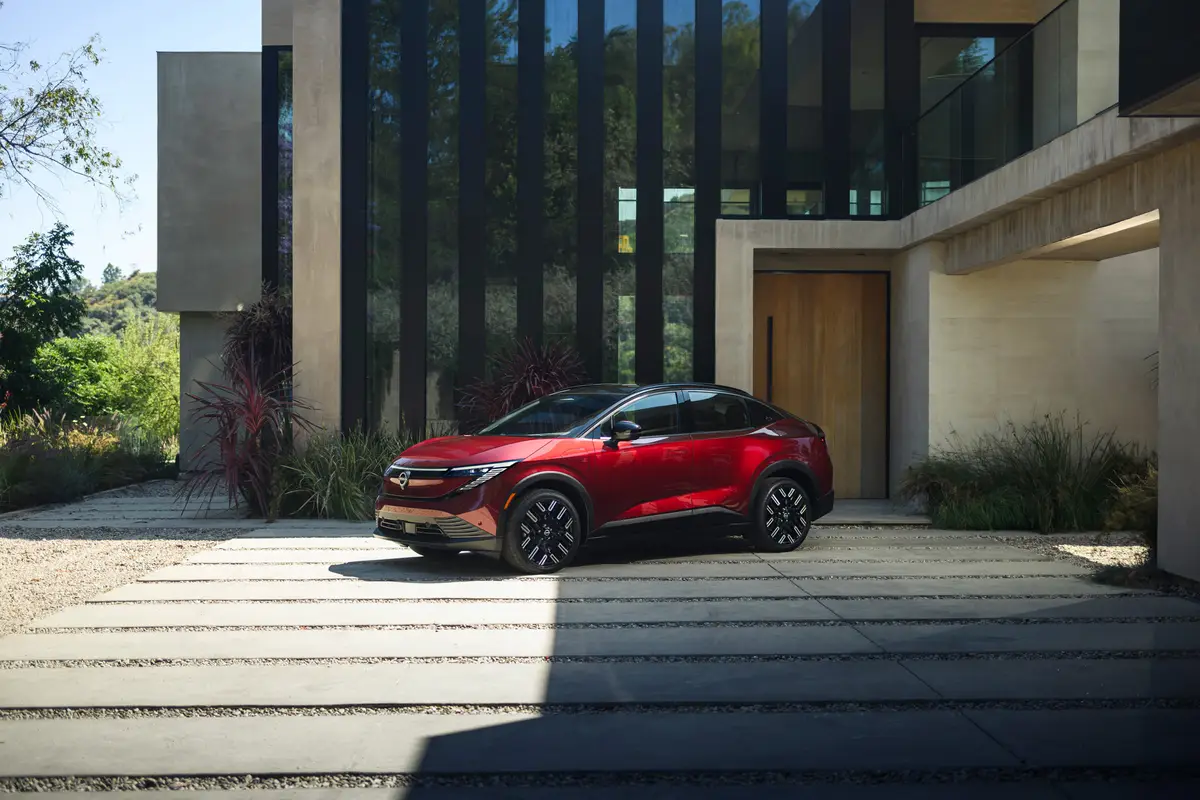Our view: 1998 Dodge Durango
The people who dreamed up the new Dodge Durango earn a good buck — and deservedly so. This new sport-utility vehicle is clever business on several levels.
The essential good idea here is that the Durango is built on the Dodge Dakota chassis. Using this pre-existing pickup platform saved a lot of design money, for openers.
It also permitted a brilliant piece of niche marketing: a sport-ute sized between compacts such as the Jeep Grand Cherokee and full-sizers like the Ford Expedition.
Like the midsize Dakota on which it is based, the Durango becomes the only midsize vehicle of its kind on the market. As such, it addresses the aspirations of people who want more room than you find in a compact, but don’t need as much as the larger, more expensive full-size models provide.
Finally, by making the Durango this size, Chrysler was able to both silence the Dodge dealers who had been whining for a sport-ute and to avoid creating head-to-head competition for its Jeep Grand Cherokee.
Indeed, the roomy Durango will appeal to a lot of people who must haul a goodly number of passengers. When equipped with a front bench seat and the optional third-row bench I found in the test vehicle, the Durango will transport up to eight people in reasonable comfort.
I say “reasonable comfort” because the optional third bench ($550) isn’t one of those third-row jokes I’ve found in other sport-utes. This is a real seat with enough legroom for me, and I’m 6-foot-2.
So, what the Durango tester had, finally, was the seating capacity of your typical standard wheelbase minivan — and more cargo space. When you put a third row of seats in a standard wheelbase minivan, you get seating for seven or eight, but the cargo compartment virtually disappears. In the Durango, you still have almost 19 cubic feet of storage space behind that third seat. (With the two back seats folded down, the storage volume swells to a substantial 88 cubic feet.)
In addition to being roomier than the compact utes, the Durango is more powerful and more memorably styled. The Durango’s front end, like the retro snout on the full-size Dodge Ram pickup, is a wonderful evocation of the front of a Kenworth big rig. Add some sexy side-panel sculpting to that nifty nose, and you have a perfect ute marriage of the macho and the aesthetic.
The Durango’s power supply is a study in profusion and confusion.
The base engine is supposed to be Dodge’s 3.9-liter, 175-horsepower V-6. But that engine won’t be available until this fall. In the meantime, the base engine is really the optional 5.2-liter, 230-horsepower V-8, which tacks $530 onto the Durango’s $25,810 base price. When you couple that mandatory extra charge with the cost of an extensive equipment package that every Durango comes with, you wind up with an actual base price of $28,025.
Getting back to the power issue, the Durango has plenty. The 5.2-liter V-8 is more powerful than anythin g you find in the compact utes. If you really want to feel brawny, you can elect the 5.9-liter, 250-horse V-8, an $830 option.
That 5.9-liter leviathan permits the Durango to pull heavier trailers than the compact competition. With the 5.9, the Durango can tow a whopping 7,300 pounds. With the 5.2, the trailer capacity drops to a still-considerable 5,700 pounds.
Although the 5.2 in the tester provided good acceleration, the vehicle wasn’t quite as lively as I had expected. A glance at the specs revealed the reason: a curb weight of 4,689 pounds. That corpulence also explains the tester’s dismal EPA mileage ratings of 13 city and 17 highway.
The Durango’s considerable power was complemented by exceptional handling aplomb, good body control, and top-shelf steering precision.
Despite its long wheelbase, the Durango didn’t ride quite as well as it handled.
SPECS
Base vehicle: Part-time four-wheel-drive, 3.9-liter engine (this base V- not available until fall, so test vehicle was equipped with optional 5.2-liter V-8), four-speed automatic transmission, variable-assist power steering, power disc/drum brakes, 15-inch aluminum wheels, P235/75R15 all-season radials, dual air bags, air conditioning, stainless-steel exhaust system, intermittent speed-sensitive wipers, rear window wiper/washer/defroster, stereo/cassette, roof rack, power mirrors, full-size spare.
Test model: Full-time 4wd, antilock braking system, limited-slip differential, skid plates, premium sound system, SLT trim, tilt steering, speed control, power windows, power locks, keyless entry, wider aluminum wheels, 31X10.5 all-season tires, wheel flares, overhead console, floor mats.
Base price: $25,810 (with 3.9-liter engine)
Test model: $31,100 (inc. shipping)
EPA city rating: 13
Test mileage: 15
Warranty: Three years/36,000 miles, bumper to bumper.
Latest news



